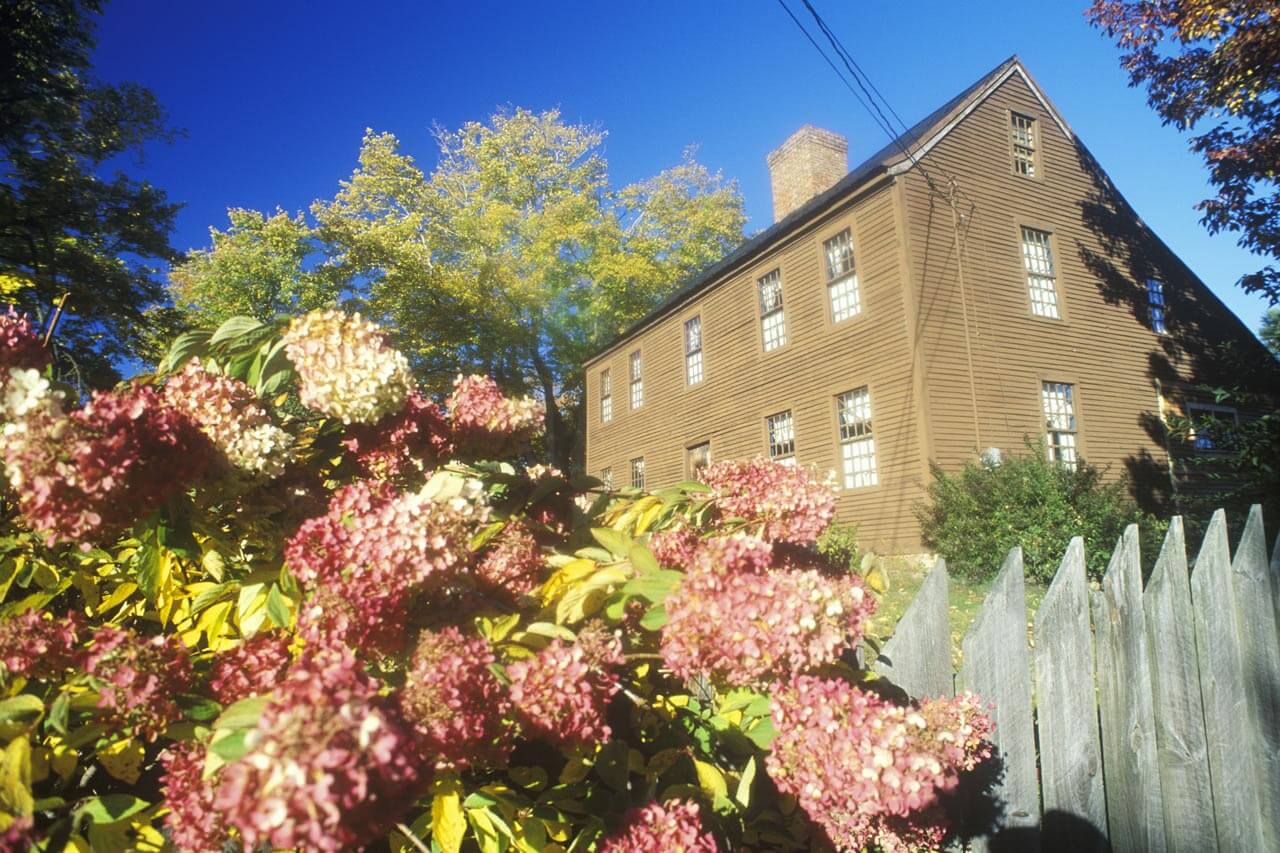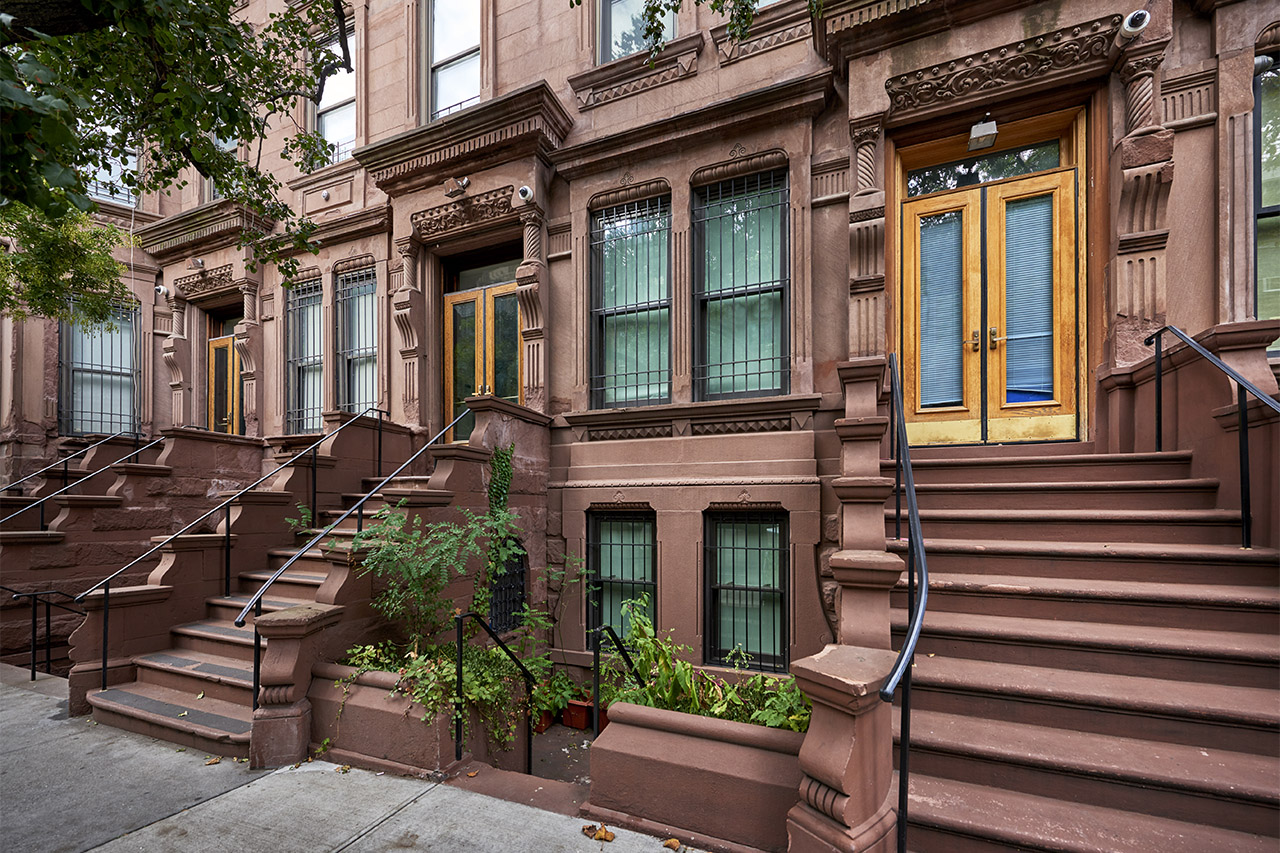
Use this guide to budget for building a saltbox house based on factors such as location, size, labor, and finishing costs.
The average cost to build a fourplex is $750,000


Coordinating a fourplex build involves managing foundations, framing, utilities, and finishes across four separate living units.
Total construction expenses range from $400,000 to $1,000,000, with location, size, and materials being major cost drivers.
Proper planning and budgeting help you navigate permits, labor, and unexpected expenses.
Owning a fourplex generates multiple rental income streams, thereby enhancing the potential return on your investment.
This article was updated using automation technology and thoroughly reviewed for accuracy by HomeAdvisor Editor Ryan Noonan.
The cost to build a fourplex falls between $400,000 and $1,000,000, with most homeowners spending $750,000 on average. Projects on the smaller side can cost as little as $300,000, while larger or more complex projects can run as high as $1,300,000.
Location, materials, labor rates, and unit size all influence where your project lands within that range. Homeowners choose a fourplex either to house multiple generations under one roof or to add an income-producing investment property to their portfolio.
As the name implies, a fourplex is a single building divided into four separate living units. These units will range in size from 500 square feet to over 1,200 square feet.
The average cost to build a fourplex per unit is $263,500. However, you may pay anywhere from $155,000 to $372,000 per unit, depending on size, location, and what upgrades you choose to include in your units.
Fourplexes are often two-story buildings with two units on each side and one unit on each floor. You may find single-story fourplexes with the units side by side from each other.
Two-story fourplexes will cost anywhere from $120 to $300 per square foot to build. You enter these units from the front or back of the building through the ground floor or by taking the stairs to the second level. However, there are fourplexes in which each unit has its private entrance, and the stairs for each upper unit are located on the side of the building.
Single-story, side-by-side fourplexes will cost $120 to $300 per square foot to build. While single-story fourplexes require fewer material costs, it’s often harder to accomplish this type of building because you’ll need a much larger lot than a two-story option, increasing the cost of land.
Whether it’s a single-family home, townhome, duplex, or fourplex, you’re going to use the same materials to build the structure. While the costs of foundations and drywall prices may not increase significantly compared to other home options, keep in mind that you need to finish four separate kitchens and at least one bathroom in each unit.
| Fourplex Component | Cost |
|---|---|
| Roofing | $13,760 |
| Frame (including lumber, hardware, and labor) | $42,850 |
| Foundation | $26,750 |
| Windows | $7,500 |
| Flooring | $5,000 |
| Drywall | $2,060 |
| Bathroom | $90,000 each |
| Kitchen | $65,000 |
Beyond the basic construction prices of building a fourplex, you’ll have to consider a few other variables that can drastically change your final costs. These include labor, permits, various other expenses, and any amenities you choose to invest in.
Building a fourplex calls for a team of specialists—from architects to electricians—working together at the right stages.
| Architects | 8%–15% of the total project cost |
| General Contractors | 10%–20% of the total project cost |
| Electrician | $50–$130 per hour |
| Plumber | $50–$200 per hour |
| Structural engineer | 1%–20% of the total project cost |
Permit fees vary by municipality, but most fourplex projects spend between $10,000 and $40,000. You’ll also schedule inspections at key milestones to ensure code compliance, which adds both time and cost.
Large construction projects almost always bring surprise expenses. Depending on the location and lot size, you may need to build a designated parking space for at least one vehicle per unit. If you’re looking for a simple lot with no overhead coverage, you should expect to pay $2.50 to $7 per square foot to pave a parking lot.
Other unexpected expenses may include fire escapes, roof access, and accessibility to each unit (this may mean installing elevators).
Beyond the home itself, there are individual choices you may want to make as a landlord to make the units more appealing, such as offering shared amenities or a covered parking area.
Adding a carport over the parking area can make the property more appealing to tenants. A covered parking lot offers protection from the weather and the sun, allowing for cool cars and potentially less damage from falling debris and hail. If you plan to provide every unit with a single carport, expect to pay $6,275 per unit.
If you’re looking to build a carport that covers the entire parking lot, you should contact a local carport builder to get exact quotes for your lot.
Many landlords are seeking to stay ahead of tech trends by installing smart home technology in their units. These thoughtful amenities can include smart locks and smart thermostats, which enable tenants to control their front door and thermostat remotely. Adding smart home tech costs $1,600 per unit on average.
It’s not uncommon to see rental properties fully furnished as a way to increase the value of the home and decrease the amount of furniture a potential tenant needs to buy. The average cost to furnish an apartment is $4,650 per unit.
Consider installing a security system for the property itself, as well as for each unit. The average cost of installing a home security system is $900, and you’ll need one for each unit. Although the installation cost may not be as expensive for individual units as the property itself, the exterior cameras will serve as a standard surveillance system for every unit.
Adding top-notch amenities, such as a shared gym or swimming pool, is a great way to attract tenants and increase rent prices. To help your property stand out, consider paving beyond the parking lot and creating a small basketball court or providing tenants with on-site storage options.
The average cost of installing a free-throw basketball court ranges from $4,000 to $20,000. Building a single-story storage facility will cost approximately $50 per square foot.
A fourplex is a costly project to undertake, but it may be the right choice if you’re looking to build a dream home for you and your family or if you plan to make it an investment property. Here are a few ways to reduce the costs of building a fourplex:
Take plenty of time in the planning phase to ensure you’ve considered every expense from the beginning.
Hire experienced local home-building contractors who will get the job done right the first time.
Use cost-effective materials wherever possible.
Invest in an experienced architect to identify cost-saving design choices.
Take your time when creating a construction timeline and budget to ensure you can predict expenses.
Take out a construction loan to finance your project.
Building a fourplex is a complex undertaking that requires the expertise of professionals. While it’s possible to manage the project yourself as an owner-builder, it involves coordinating permits, subcontractors, inspections, and budgeting, often without the safety net of warranties or licensed oversight. This path may save on general contractor fees, but it carries significant risks like delays, code violations, or cost overruns.
Hiring a licensed general contractor near you simplifies the process. Pros handle scheduling, oversee crews, ensure code compliance, and often have relationships with local inspectors and suppliers. They also provide liability coverage and workmanship guarantees, which can be critical for a project of this scale.
If you have construction experience and plenty of time, DIY management could work—but for most, hiring a seasoned builder provides greater peace of mind, efficiency, and long-term value.
No place is more important than your home, which is why HomeAdvisor connects homeowners with local pros to transform their houses into homes they love. To help homeowners prepare for their next project, HomeAdvisor provides readers with accurate cost data and follows strict editorial guidelines. After a project is complete, we survey real customers about the costs to develop the pricing data you see, so you can make the best decisions for you and your home. We pair this data with research from reputable sources, including the U.S. Bureau of Labor Statistics, academic journals, market studies, and interviews with industry experts—all to ensure our prices reflect real-world projects.
From average costs to expert advice, get all the answers you need to get your job done.

Use this guide to budget for building a saltbox house based on factors such as location, size, labor, and finishing costs.

The cost to build a bungalow is based on style, size, and other factors. Learn more about average costs to budget for in the bungalow building process.

How much does it cost to build a house in Florida? Explore common cost factors, from permits and land to luxury finishes, with our detailed guide.

Explore the cost to build a house in New York based on key factors like materials, size, style, labor, and more with our comprehensive cost guide.

Using HomeAdvisors cost guide, youll learn how much it costs to build a house in Seattle. New build cost factors include labor, materials and permits.

Our concrete house cost guide covers insulated concrete form and other concrete home expenses. Explore the various cost factors to determine your budget.